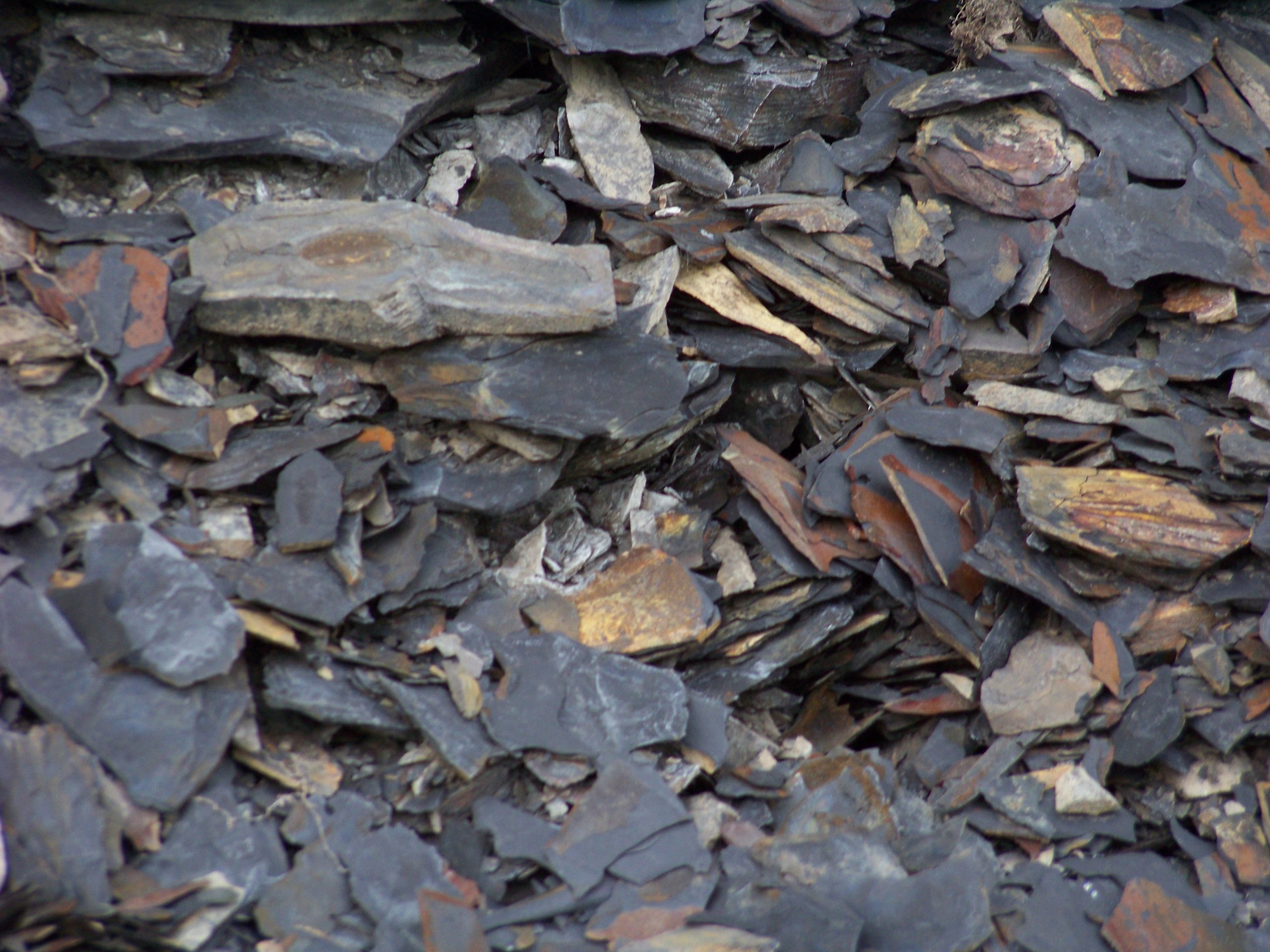
At the present time, aluminium-rich clays with kaolinite and/or pyrophyllite are the most important raw materials in refractory ceramics and to manufacture high-quality stoneware and ceramic pavements. For this reason, to determine the mineral transformations that take place in these clays during a ceramic process is of great interest.
To carry out a study about these mineral and textural transformations, three samples were selected from a shale outcrop in the Iberian Range (NE Spain). These materials belong to the Silurian Period: Upper Aeronian to Lower Ludfordian (440-423 myr).
How was the study carried out?
Taking the under-400 µm fraction of the milled samples, cylinders were manufactured by pressing. Then, these cylinders were fired at different temperatures from 800ºC to 1300ºC under oxidizing conditions where the increase in temperature was 200ºC/h and the maximum temperature was maintained for 2h.
Once all the cylinders were fired, they were studied by X-ray diffraction. First, a qualitative study was conducted in order to determine the mineral phases present in the samples at each temperature, and then a mineral quantification of these phases was carried out using Reference Intensity Ratios values in relation with corundum. After determining the percentage of the different mineral phases, the vitreous phase proportion was determined by difference (until 100%).
Later, the samples were analyzed by field emission scanning electron microscopy and transmission electron microscopy. These techniques allowed us to identify the mineral transformations with much higher resolution than the optical microscope.
What does this study show?
The study reveals significant mineral transformations with an increase in temperature in the studied fireclays.
The mineralogical qualitative study indicates that the three samples are initially formed by silicates such as illite, pyrophyllite, kaolinite, quartz, and orthoclase. Their patterns and mineral quantification at different temperatures show that similar mineral transformations occur with the increase of the temperature in the three studied samples.
| Mineral quantification at different temperatures | |||||||
| % mineral phase | Raw clay | 800ºC | 900ºC | 1000ºC | 1100ºC | 1200ºC | 1300ºC |
| kaolinite | 6 | 0 | 0 | 0 | 0 | 0 | 0 |
| Pyrophyllite | 17 | 9 | 6 | 3 | 0 | 0 | 0 |
| Illite | 52 | 55 | 33 | 13 | 0 | 0 | 0 |
| Orthoclase | 5 | 6 | 5 | 4 | 0 | 0 | 0 |
| Hematite | 0 | 0 | 2 | 3 | 5 | 2 | 3 |
| Mullite | 0 | 0 | 0 | 18 | 33 | 22 | 31 |
| Quartz | 12 | 18 | 11 | 12 | 9 | 4 | 2 |
| Organic matter/vitreous phase | 8 | 12 | 43 | 47 | 53 | 72 | 64 |
As the table above shows, with the increase in temperature, all the mineral phases were destabilized. The organic matter disappeared with the firing process and clays were not detected from 1000ºC. Furthermore, despite the fact that orthoclase and quartz remained until 1300ºC, they were destabilized with temperature. On the other hand, new mineral phases, such as hematite from 900ºC and mullite from 1100ºC, crystallized and a vitreous phase also formed from 1000ºC due to the destabilization of all the phases present in the raw sample during the firing.
Microscopy results show that the mineralogy is simplified and the texture of the samples is more homogenous when the temperature increases. Furthermore, compositional images allow for the observation of mullite crystals which are immersed in the vitreous phase, so it can be deduced that it crystallizes from it.
Chemical analyses of mullite indicate that its composition is not stoichiometric since it presents lower Al content (24%) and higher Si content (22%) than the theoretical mullite (38%Al and 13.18%Si). Nevertheless, with the increase of the firing temperature, its composition is closer to the theoretical one. This can be explained by the Al diffusion, which increases with the temperature and it can substitute Si in the mullite structure.
Finally, the study shows the coexistence of mineral phases present in the raw clays with those formed with the firing process. This can be explained by the incomplete mineral reactions that take place due to the short duration of the ceramic process.
These findings are described in the article entitled Mineral and textural transformations in aluminium-rich clays during ceramic firing, recently published in the journal Applied Clay Science. This work was conducted by Elisa Laita and Blanca Bauluz from the Universidad de Zaragoza.









